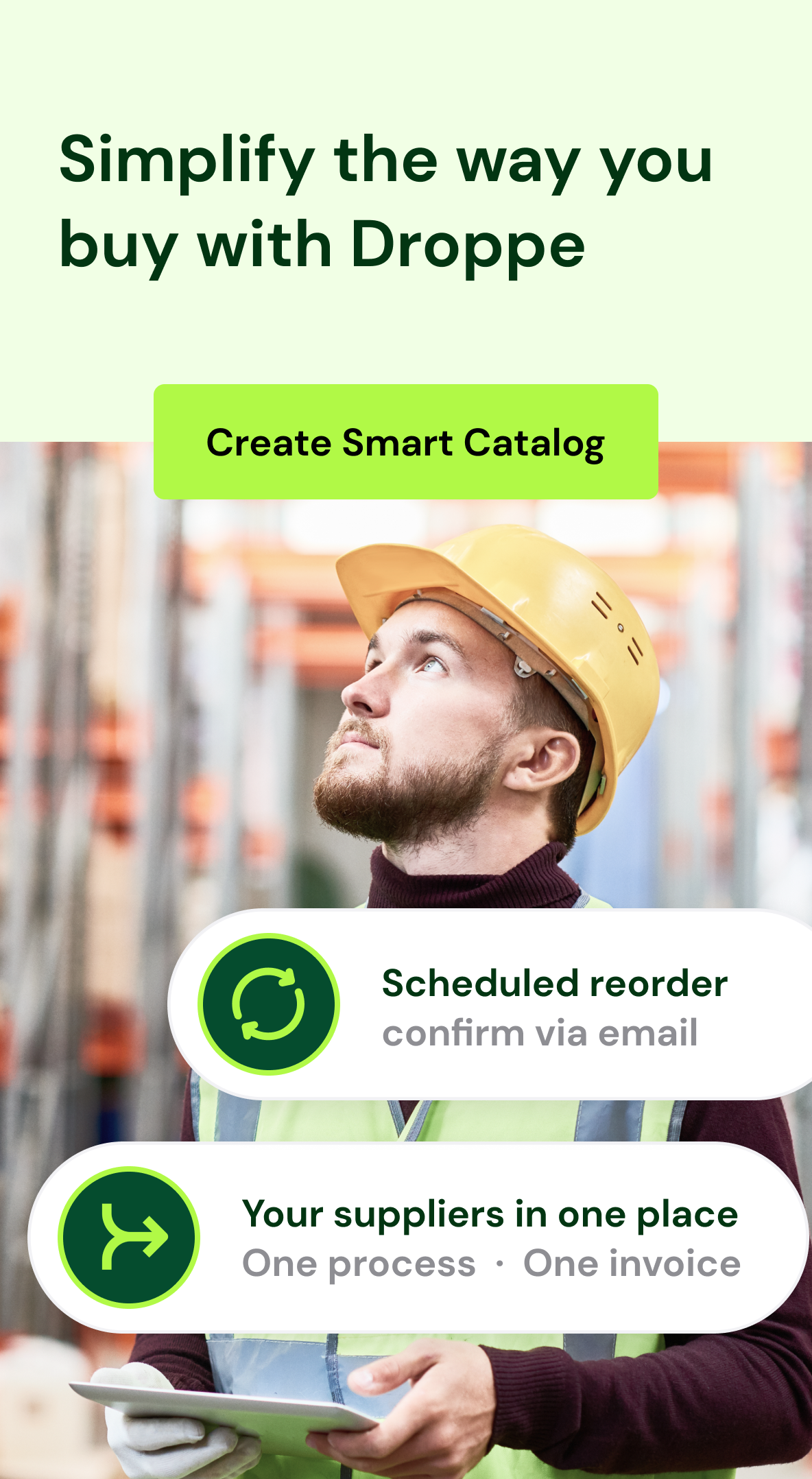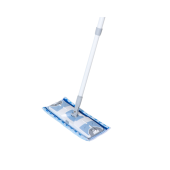An efficient procure to pay cycles is essential for corporate success in today’s fast-paced world. According to Forbes Council Member Peter Nesbitt, company spending has changed from top-down to technology-driven. Strong P2P solutions eliminate supply chain friction, accelerate product delivery, and drive growth, as shown by this transition.
The fundamental components and best practices for an effective P2P process are covered in this guide, using next-generation technology to expedite operations, improve financial tracking, and minimize expenses. We’ll cover the P2P cycle, automation, and how contemporary P2P technologies may transform your buying tactics. A free Procurement KPI Tracker Template helps you track key procurement KPIs and prove your efforts’ value
Optimizing P2P using technology
Next-generation procure to pay cycles technology simplifies financial goals and macro expenditure tracking. The classification and analysis capabilities of these systems help manage business spending and cut costs. They eliminate value-sapping maverick spending, increase functionality, and focus your accounts payable team on value-creating responsibilities.
We’ll discuss:
- Procure-to-pay process components
- best practices for operational efficiency.
- Implementing next-generation tech
Steps in the procure-to-pay cycle?
All processes to buy materials and services for your company are in procure-to-pay. Purchase requests lead to invoice approval and payment in a predictable and trackable manner.
A P2P procedure has 7 steps:
- Identify needs: Stakeholders first identify a product or service they require. They may set procurement department requirements as needed.
- Request materials: Stakeholders request purchases. Finance or Procurement can proceed with the purchase when department heads and Finance accept the demand.
- Materials source: Effective sourcing ensures you have a reliable supplier that will provide your business the greatest bargain on your items.
- Purchase order: After approval and sourcing, the Purchasing team or stakeholder presents a purchase order to initiate the transaction. The supplier fulfills this.
- Get the goods: Accounting performs the three-way matching procedure after fulfillment to ensure ordered products and actual delivery match. Disparities that could disrupt the process will be checked by the financial staff.
- Accept the invoice: Procurement approves vendor invoices for AP processing after reconciliation.
- Pay the Vendor: The vendor is paid according to the contract. The accounting team can maintain and analyze contracts after payment. Supplier lifecycle management includes this.
Best practices for procure to pay cycles
Consider optimizing your P2P process before ticking the boxes, forwarding the request, and moving on. Procure-to-pay software is essential for P2P cycle management.
P2P management best practices include:
- A documented intake/requisition procedure
- Standardized approval with standard approvers
- Budget review by finance or procurement
- Strategic sourcing to find the finest suppliers
- Purchase negotiation and contract requirements
- Reconciliation of purchase orders and shipments
- Manage vendor payments and contracts centrally
A good purchasing process benefits from procure-to-pay software. It streamlines the complex process of sourcing, buying, and paying for goods and services.
Software is great for creating scalable solutions that expand with your company. Better yet, P2P software often saves more than automation.
P2P software automates numerous tedious purchase-to-pay operations, including:
- Finding and choosing vendors
- Authorizations for purchasing orders
- Approve and process invoices
5 goals for your P2P cycle
These best practices streamline procure-to-pay and save your company money. Determining your program’s goals—streamlining operations, saving money, scaling, or enhancing inventory management—helps you make decisions.
1. Make purchasing more transparent
Tracking procure-to-pay cycle success requires visibility. It lets stakeholders follow each purchase. Creates an audit trail and data reporting source.
Order.co provides real-time line, product, user, and location-coded spend data. This data helps your finance staff make crucial buying decisions. Your finance team and other decision-makers can see and respond to procurement function changes with this next-generation visibility into inventory, availability, and purchases. It guarantees you’re getting what you need at affordable prices and great compliance.
2. Automation of accounts payable
Automation is spreading across industries, including procure-to-pay. Automating accounts payable can boost productivity by 60% and cut purchase order processing time by 83%.
Order.co automates numerous P2P cycle processes. It also helps companies adopt strategic sourcing for high-volume or high-cost commodities. Many clients have saved 8% on procurement costs using automated sourcing.
3. Manage payments with a dynamic system.
Your P2P method relies on vendor payments. A good payment workflow lowers errors, saves time on research and corrections, and aligns payments with business goals and cash flow.
A dynamic procure-to-pay solution lets firms consolidate payments into one invoice, manage payments according to changing business needs, and save accounts payable time.
4. Improve logistics and ordering
Effective ordering requires transparency. It guarantees the appropriate things at the right time.
An successful P2P procedure optimizes company-wide ordering. It also shows standard price, total cost, and other key indicators for inventory control without sacrificing cost effectiveness.
Order.co lets companies order goods across departments or locations for continuity and cost savings.
5. Manage delivery schedules.
Monitoring delivery schedules with automated notifications improves inventory reception and distribution. It also improves supply chain robustness, allowing the company to adapt to changes in availability, delivery status, and quantity without disturbance.
How tech software allows P2P
Running a manual procure-to-pay cycle becomes harder as a company grows. Technology can automate monotonous activities and eliminate spreadsheet errors while processing transactions and tracking deliveries.
P2P software automates several tasks for enterprises, including:
- Purchase order/requisition creation
- Purchase approvals
- E-procurement and vendor selection
- Tracking and reconciling deliveries
- Three-way matching
- Code, process, and approve invoices
- Supplier lifecycle management
Software for the procure-to-pay process gives your firm sophisticated analytics and reporting tools to enhance procurement, save money, and increase productivity.














